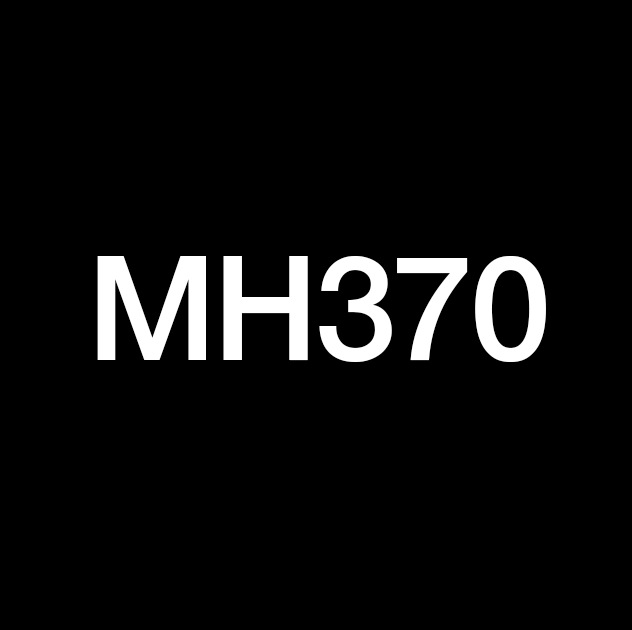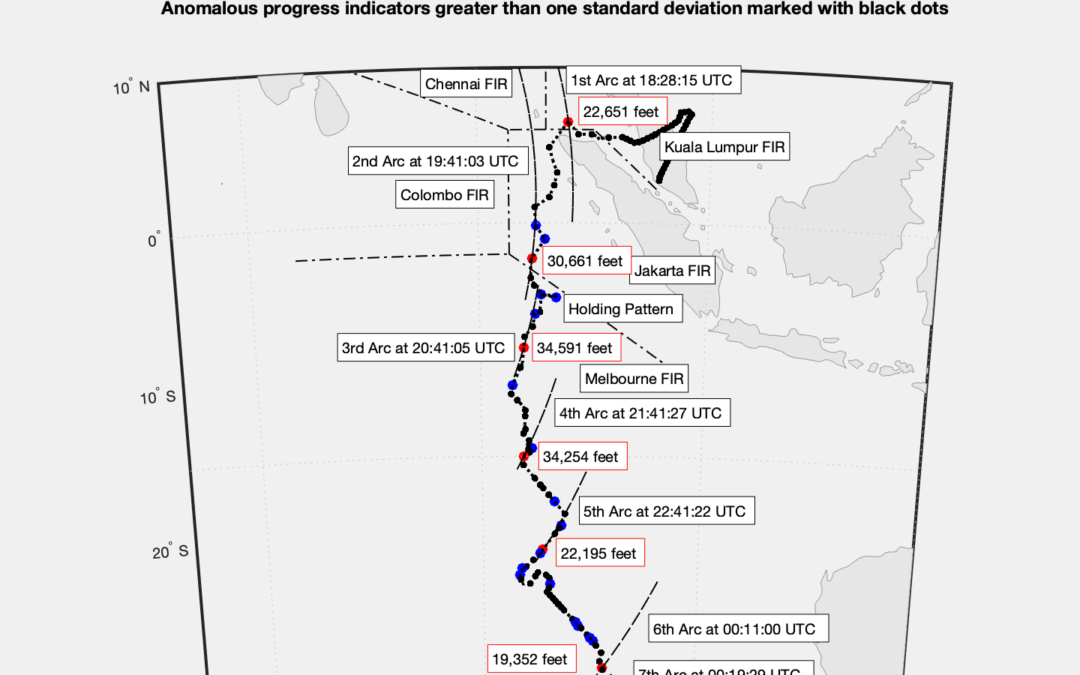MH370 crashed between 00:22 UTC and 00:27 UTC. At 00:22 UTC the position from the WSPRnet analysis was estimated to be 30.00°S 98.70°E. At 00:26 UTC the position from the WSPRnet analysis was estimated to be 30.57°S 98.75°E. The crash location is further north than previously thought and up to 42 nmi South East of the 7th Arc.
We have presented evidence that there was an active pilot until the end of the MH370 flight. We have also presented evidence that the pilot may have been disoriented, which can be caused by hypoxia.
To solve the mystery of the disappearance of MH370 we need to find the aircraft and recover the Flight Data Recorder and other evidence from the wreckage.
The new paper can be downloaded here


Any news or updates?
@Maria,
Welcome to the blog!
There is no news or updates. In fact, there is a deathly silence from the authorities.
Given that the 10th anniversary of the disappearance of MH370 is on 8th March 2024 and there is huge interest in the global media, I find the lack of news or updates surprising.
The Malaysian authorities are not even willing to even pay for the repatriation of debris items possibly from MH370 for analysis. The Australian authorities say they would like to find MH370, but have no funding and have stopped all work on the case. The Chinese authorities are confronted with compensation claims from a number of the MH370 families and are battling in the courts. The French authorities have not closed their judicial investigation, but have not issued any update.
Ocean Infinity say they want to search, but are waiting on the Malaysian authorities. The Malaysian authorities say they will support a further search, but are waiting on a more detailed proposal from Ocean Infinity.
The media is starting to say the truth about MH370 may never be known. Some media are even saying the Malaysian authorities do not want the truth to be known.
Meanwhile stories of cover ups, conspiracy theories, spies and political intrigue abound, mixed up with confessions that the authorities looked in the wrong place, fisherman’s tales, false alarms of finding MH370 and stories about aliens.
The MH370 families are on an emotional roller coaster and wonder whether they will ever have closure.